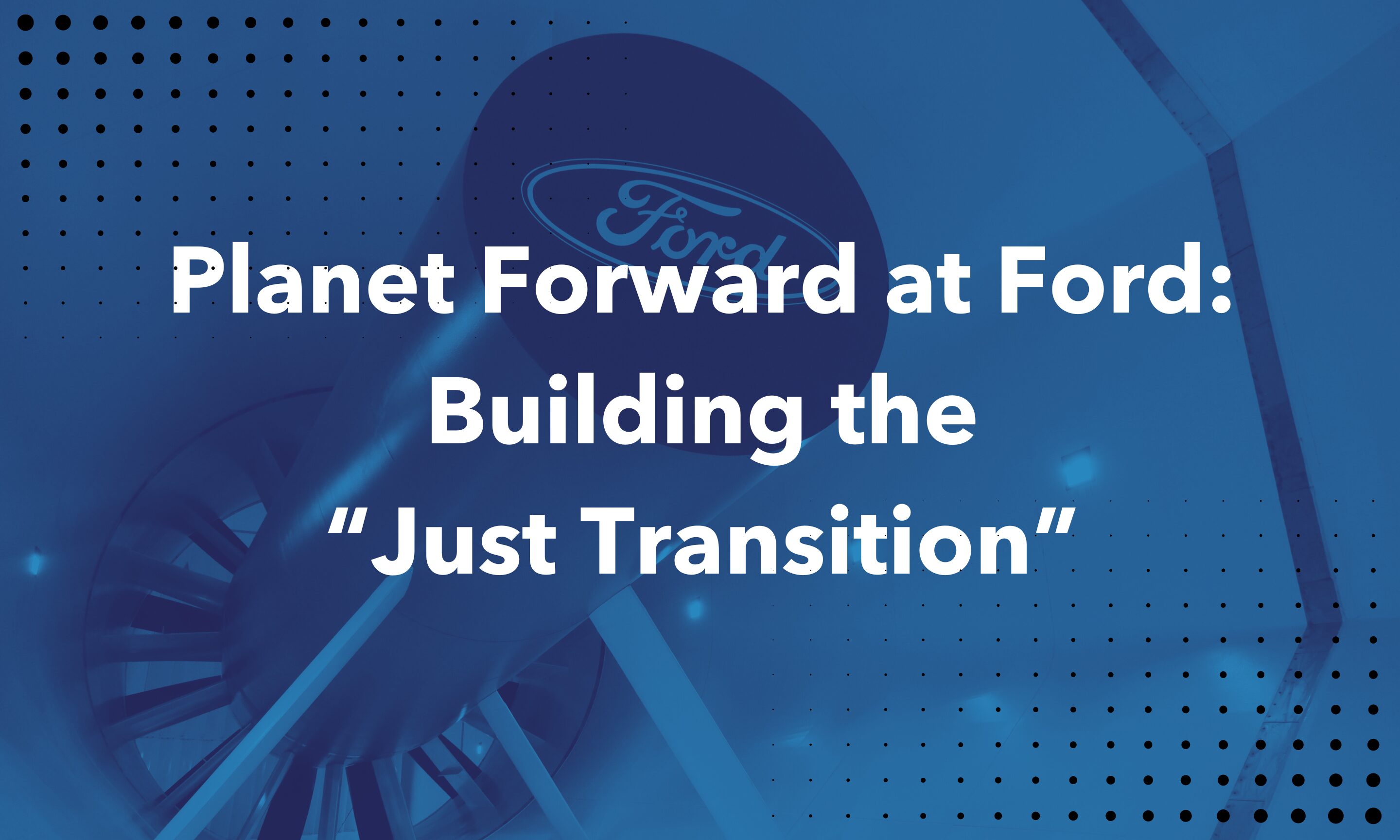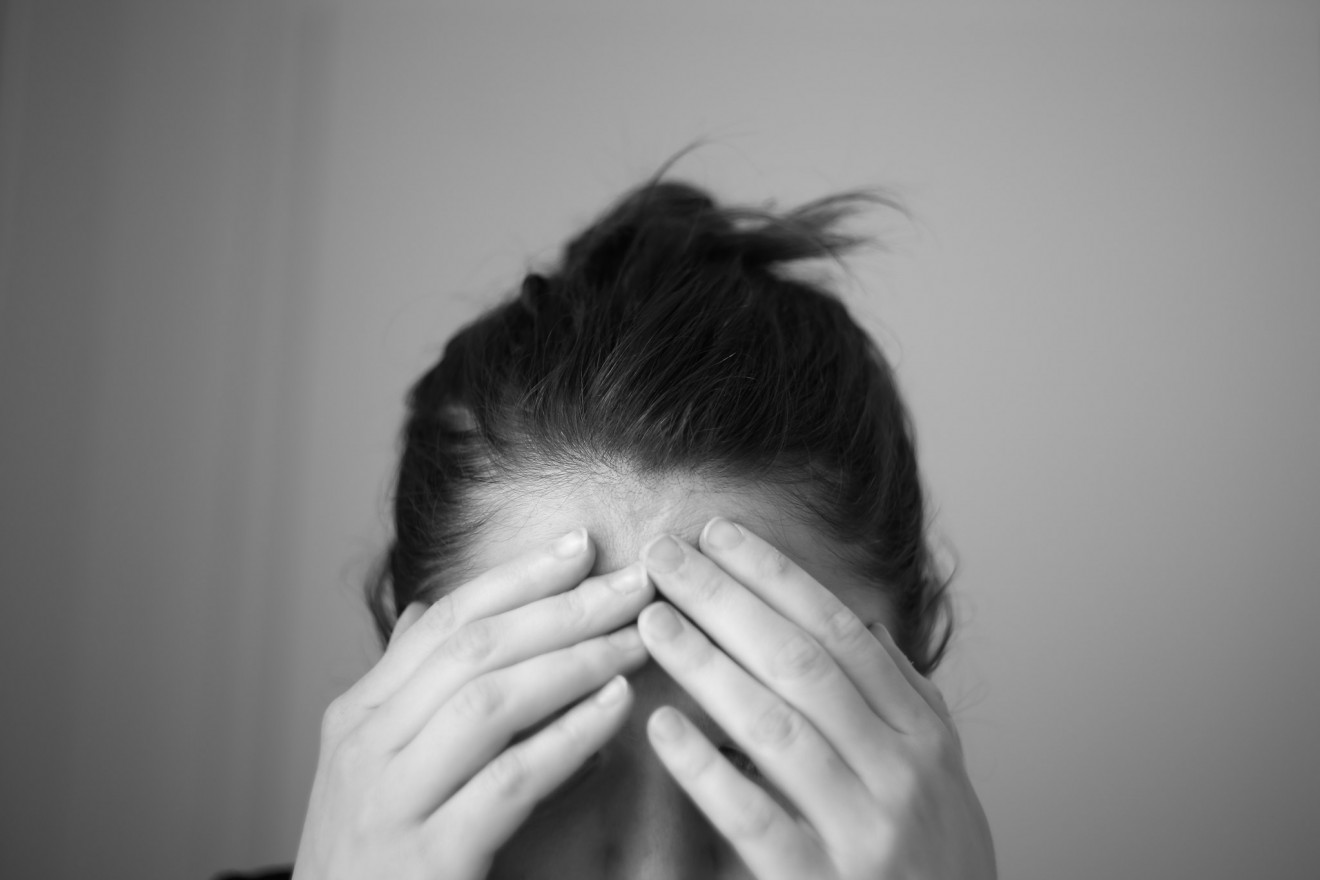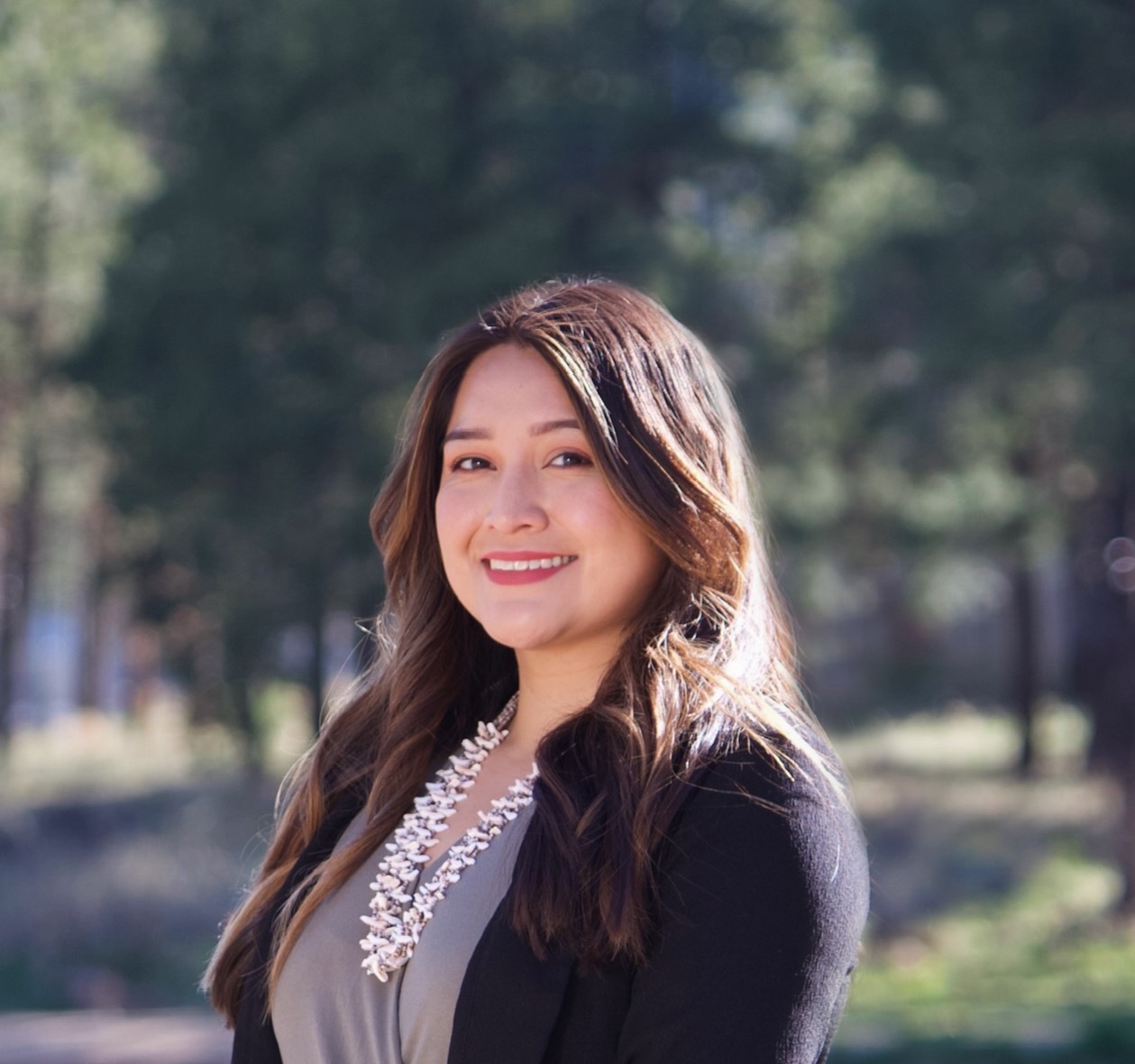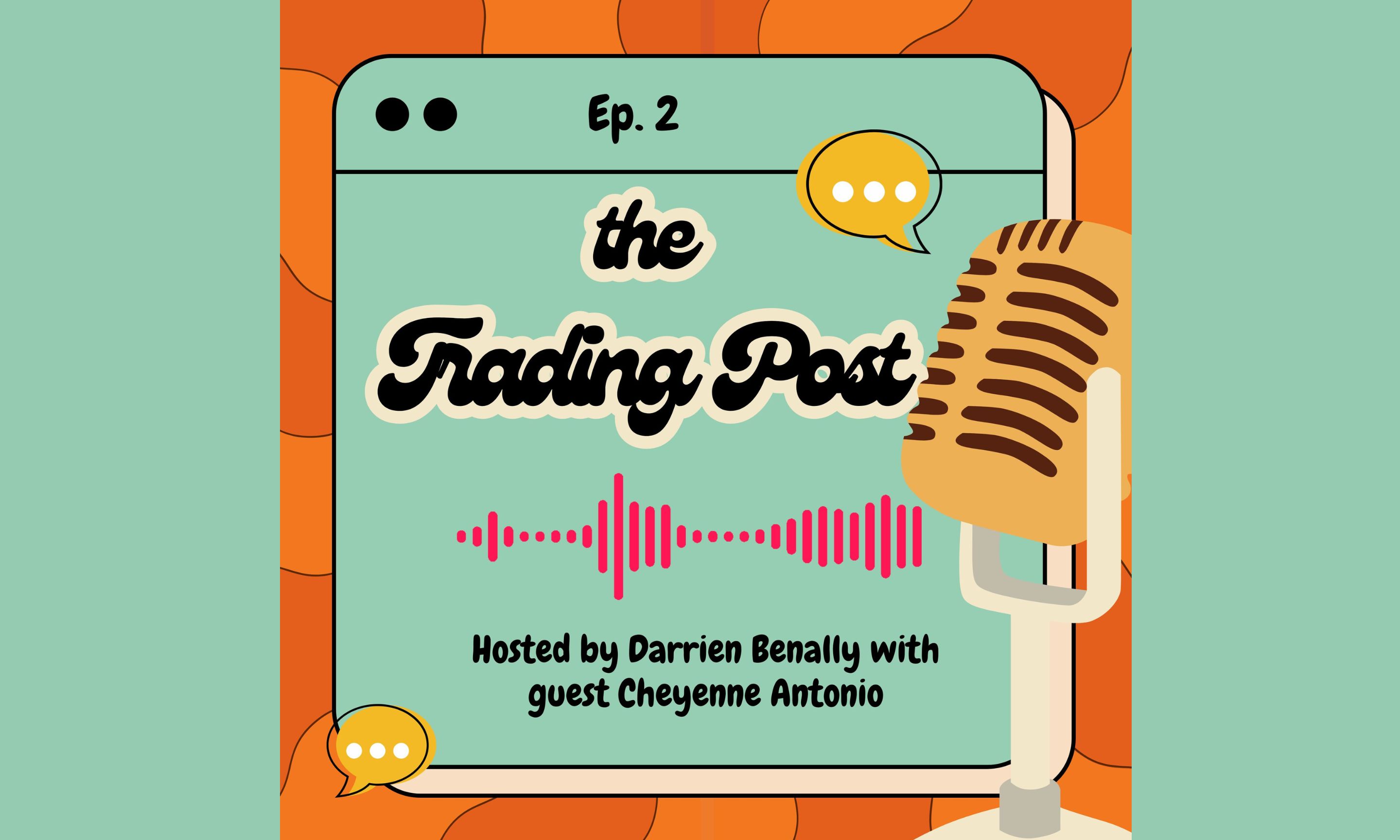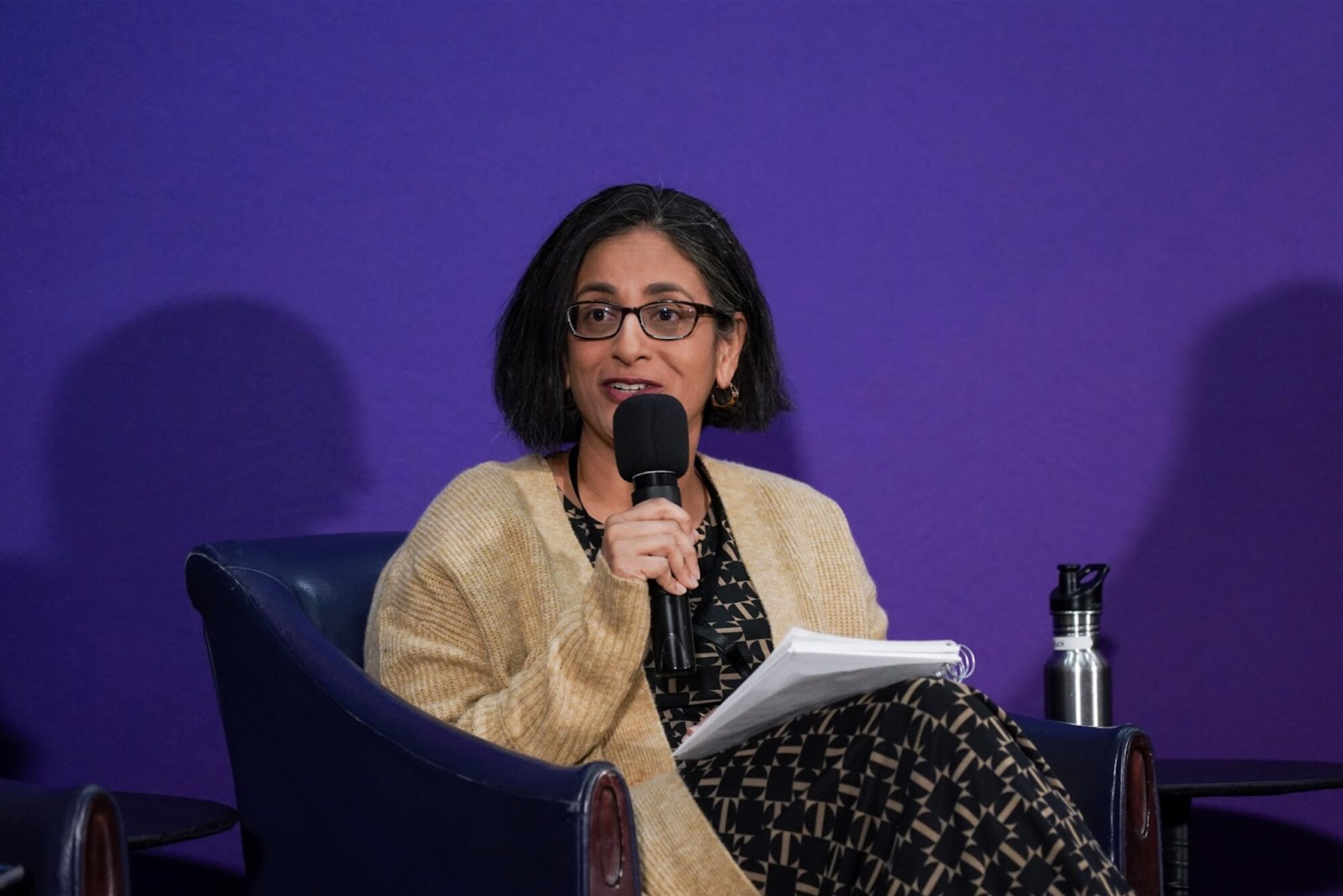The hidden mental health crisis of COVID-19
There’s a second, silent epidemic sweeping America, and it’s one that you’ve probably felt yourself. Numerous studies show that America’s mental health has been declining, and it’s attributable in large part to the isolation and fear brought on by the COVID-19 pandemic. Between Nov. 11 and 23, the Centers for Disease Control reported that nearly half of Americans were experiencing symptoms of anxiety or depression, up from 36% in late April.
The media has been vocal in speaking out about rising rates of anxiety, depression, substance abuse, and suicidal ideation in the general population. But what about the health of those diagnosed with a mental illness? A search of The New York Times reveals that only 22% of articles on mental health published between Oct. 1, 2020, and Dec. 10, 2020, specifically covered the impact of mental illness. Despite the rise of “wellness culture” and the fact that 70% of Americans feel that the nation is now more open to discussions about mental health, 68% would oppose a relative’s marriage to a person with a mental disorder. Mental illness remains one of the most stigmatized health conditions today. Yet, according to the National Alliance on Mental Health (NAMI), 20% of U.S. adults and 17% of U.S. children were struggling with a mental health condition in 2019. Clearly, there is something very wrong with the way we are leaving the most vulnerable—those with mental illness—out of our discussions about mental health.
There are many categories of mental disorders, each with their own associated set of symptoms and characteristics. Two of the most common are mood disorders and anxiety disorders. Mood disorders, such as depression and bipolar disorder, are characterized by emotional states inconsistent with those expected of a particular situation. People with mood disorders may be unusually happy, irritable, or sad, or may cycle rapidly through multiple emotions. Meanwhile, aptly-named anxiety disorders are characterized by excessive worry or fear, often in circumstances in which such emotions are not merited. Examples of anxiety disorders include generalized anxiety disorder, panic disorder, post-traumatic stress disorder, and obsessive-compulsive disorder.
Some mental health conditions, such as substance abuse and alcoholism, fall into multiple categories, including both mood and anxiety disorders. As opposed to adults without mental health conditions, those with mood and anxiety disorders are more likely to experience lower quality of life. Many mood and anxiety disorders are so disabling they are considered protected disabilities under the law. And these mental illness can be deadly: as many as 90% of people who commit suicide have a diagnosed mental illness, although that number is inflated by the impact of more “serious” conditions such as personality and psychotic disorders, which tend to be more deadly than either mood or anxiety disorders.
But none of that takes into account the impact of the coronavirus pandemic.
A new study conducted in July 2020 by psychologists from the University of Regina, the University of British Columbia, and Fordham University indicates that those with pre-existing mood and anxiety disorders are susceptible to higher levels of COVID-19 related stress than the general population. Dr. Gordon J.G. Asmundson, a clinical psychologist, and his team surveyed a group of 1,568 individuals with a mood disorder, an anxiety disorder, or no mental illness about stress and coping during the coronavirus pandemic. Compared to the control group, those with mood or anxiety disorders tended to be more stressed about the impacts of the pandemic. These individuals worried most about contracting or being exposed to the virus. They also reported a higher rate of traumatic stress symptoms, which may include difficulty concentrating and making decisions, feelings of isolation, irritability, and numbness, and physical symptoms such as nausea, headache, and insomnia. These individuals also tended to struggle more while self-isolating, and were more likely to partake in ineffective coping activities such as playing video games, reaching out to friends, sleeping more than usual, and engaging in stress-shopping.
While those with anxiety disorders tended to be more negatively affected by COVID-19 stressors than those with mood disorders, the study largely focused on the greater struggles for those with a mental illness compared to those without; additionally, findings for both mood and anxiety disorders alone could have been skewed by the high likelihood that many individuals with anxiety disorders also had mood disorders and vice versa. These findings are backed up by several other studies conducted during the COVID-19 pandemic.
The implications of Asmundson’s study can only be described as dire. Despite the finding that those with pre-existing mental health conditions are more likely than others to experience traumatic stress symptoms because of COVID-19, the pandemic has also limited access to mental healthcare. In a 130-country survey, the World Health Organization found that 67% of respondents reported reduced accessibility of counseling and psychotherapy. Seventy percent of respondents reported that mental health professionals turned to telemedicine to fill the void, but virtual therapy can only do so much.
Exposure therapy, the gold standard of treatment for many anxiety disorders, often only works in-person. In exposure therapy, sufferers are encouraged to gradually expose themselves to the thing they fear in a controlled environment. For example, a sufferer with contamination fears may be asked to touch a dirty surface and then not wash their hands. Of course, this therapy can now be extremely difficult to administer without violating COVID-19 protocols and putting both the patient and the therapist at risk of infection. And those with substance abuse issues often rely on in-person “mutual help groups,” such as Alcoholics Anonymous, that are harder to facilitate over Zoom. Job loss, loneliness, and lack of routine—all side effects of social distancing, and all risk factors for relapse in those with alcoholism and drug addiction—have likely contributed to higher rates of overdose during the pandemic. According to the Overdose Detection Mapping Application Program, overdoses in May 2020 were up a whopping 42% from the previous year.
Asmundson and his co-authors recommend “tailoring COVID-19-related mental health interventions to meet the needs of people with pre-existing mental health conditions.” This is not just advice for psychiatrists and therapists—it applies to those who populate the (now-virtual) places where people with mental illnesses live, play, and work. Yet we continue to ignore the significant challenge that over 20% of American adults struggle with on a daily basis. Forty-seven percent of companies haven’t paid any attention to mental health in the workplace during the pandemic. Among those that have provided support for employee mental health, the majority do not offer programs specifically for those with pre-existing mental health conditions.
Clearly, our treatment of mental health during the COVID-19 pandemic points towards a larger societal problem: the way we view people with mental illness. When people without mental disorders experience symptoms of depression and anxiety during COVID-19, it’s considered a normal reaction to stress, covered widely in media outlets, and supported by workplaces. A full 44% of companies that offer mental health counseling as a benefit only started doing so after the coronavirus pandemic hit, introducing many non-mentally ill people to challenges that those with mental disorders have faced for years. And 60% of Americans feel that depression, the most common mood disorder, is the result of a character flaw rather than a genetically- and environmentally-influenced health condition. Fifty-eight percent don’t want to work with a person with a mental illness. It’s no surprise, then, that while non-mentally ill people talk loudly about the impact COVID-19 has had on their mental health, NAMI warns those with mental disorders that sharing their diagnosis is “risky.”
There’s nothing wrong with acknowledging and providing support to those who have been newly impacted by mental issues during the COVID-19 pandemic. But while many of us are struggling with mental health during this prolonged period of isolation and anxiety, there is overwhelming evidence that those with mental illness are struggling even more. Yet rather than following Asmundson’s advice and meeting the needs of those with mental health conditions, we are doing the opposite—keeping those with mental disorders out of sight and out of mind at a time when they need more support than ever before. In the end, the hidden mental health epidemic of COVID-19 is just that: people with mental illnesses being swept under the rug just when mental health is becoming a common topic of conversation.
From the news to the workplace to our personal interactions, those with diagnosable disorders are left out of the conversation about the impact of COVID-19 on mental health. The pandemic should have been a golden opportunity to change the way we think and talk about mental illness: as normal, human, and, with the right support, treatable. Instead, it has reinforced the ways in which those with mental disorders are ignored, stigmatized, and seen as “other” in everyday life. Unless we start paying attention to the needs of those with mental disorders, we are in for a long, at best depressed, and at worst, deadly spring—and not just because of COVID-19.



